Introduction to the Mighty Big Cats
In the vast and diverse animal kingdom, big cats stand out as some of the most fascinating and formidable predators. These magnificent creatures have evolved exceptional skills that allow them to dominate their respective habitats. From unparalleled speed to stealthy hunting techniques, big cats have captivated human interest, inspiring both awe and respect. This article delves into the world of seven big cats that showcase incredible skills, highlighting their unique adaptations and roles in the wild.
King of the Savanna
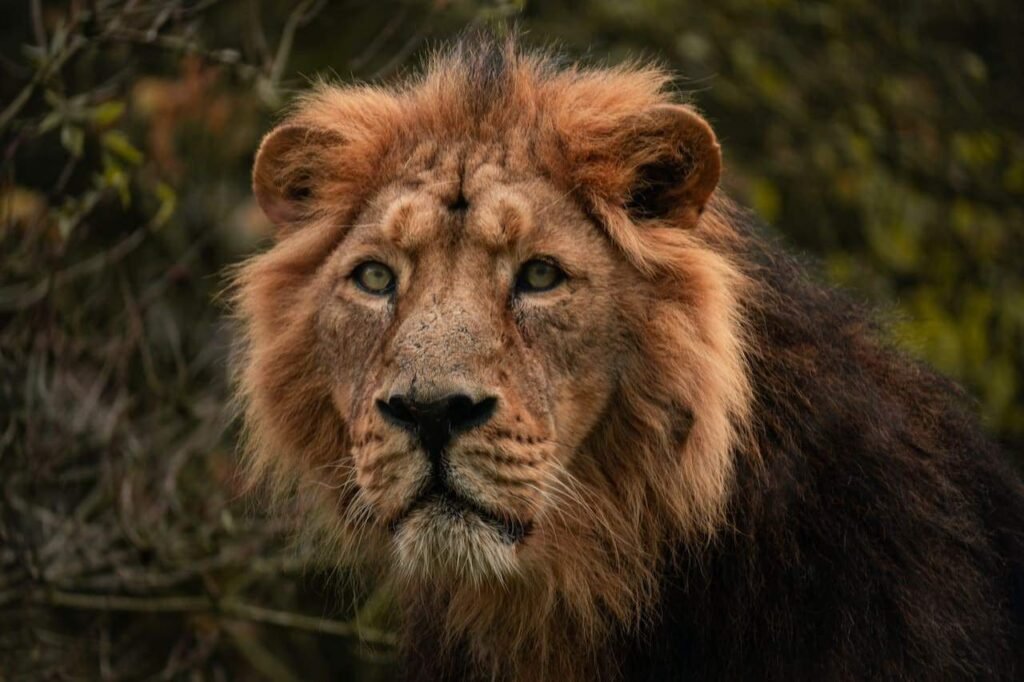
Known as the “King of the Jungle,” the lion actually resides primarily in grasslands and savannas. Lions are the only big cats that live in social groups called prides. This social structure offers them a unique advantage in hunting and protecting their territory. Male lions are known for their majestic manes, which serve protective and attractive functions. Agile and powerful, lions possess retractable claws and sharp teeth that make them formidable predators.
Solitary Stalkers of the Jungle
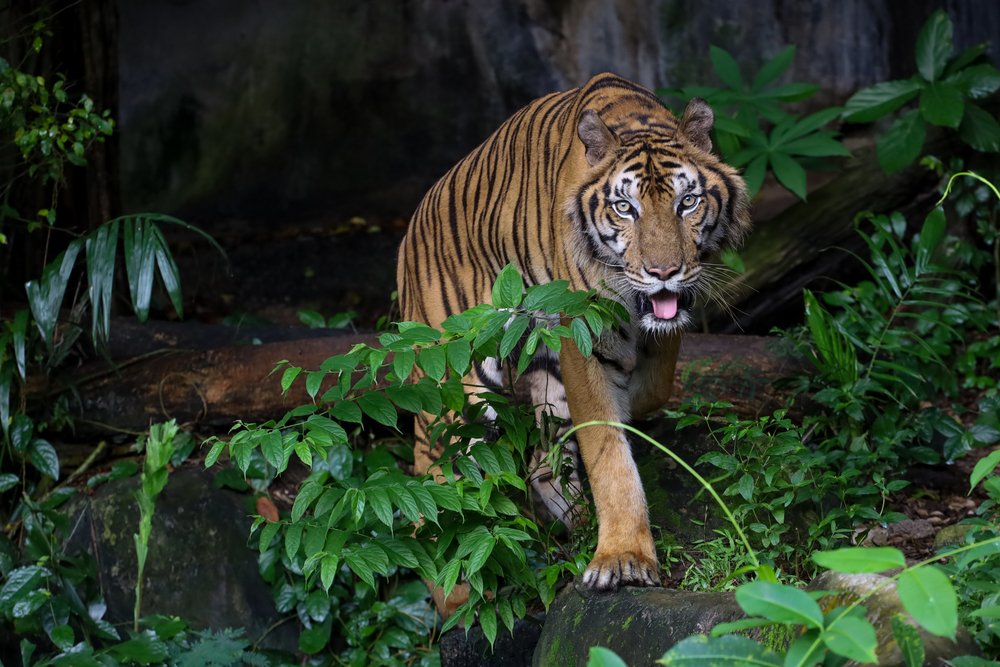
Tigers are the largest of the big cat species and are renowned for their striking orange and black stripes, which provide excellent camouflage in their forest habitats. These solitary hunters rely on their stealth and strength to ambush prey, often relying on patient observation and calculated moves. With incredibly strong jaws and limbs, tigers can take down animals much larger than themselves, making them apex predators in their environments.
Master of Adaptation

Leopards are perhaps the most adaptable big cats, found in a wide range of habitats, from forests to deserts. Their adaptability extends to their diet, as leopards are opportunistic feeders with a varied diet. Known for their climbing skills, leopards often haul their kills up into the trees to protect them from scavengers. Their spotted coats provide excellent camouflage, allowing them to blend seamlessly into their surroundings.
Aquatic Champions of the Forest

Jaguars are the largest cats in the Americas and are unique among big cats for their affinity for water. Often found near rivers and swamps, jaguars are excellent swimmers and frequently hunt aquatic prey, including fish and caimans. Their powerful bite is capable of crushing skulls, allowing them to break into the tough shells of turtles. Jaguars have a distinct and powerful stride, contributing to their reputation as efficient predators.
Speed Demons of the Serengeti
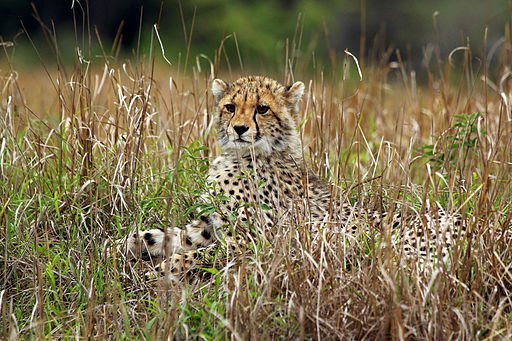
Cheetahs are celebrated as the fastest land animals, capable of reaching speeds up to 60-70 miles per hour. This incredible speed, combined with their lightweight build and exceptional sprinting ability, makes cheetahs unparalleled pursuit predators. Unlike other big cats, cheetahs have non-retractable claws that give them better grip during high-speed chases. Their distinctive black “tear streaks” help minimize sun glare and improve focus on prey.
Ghosts of the Mountains
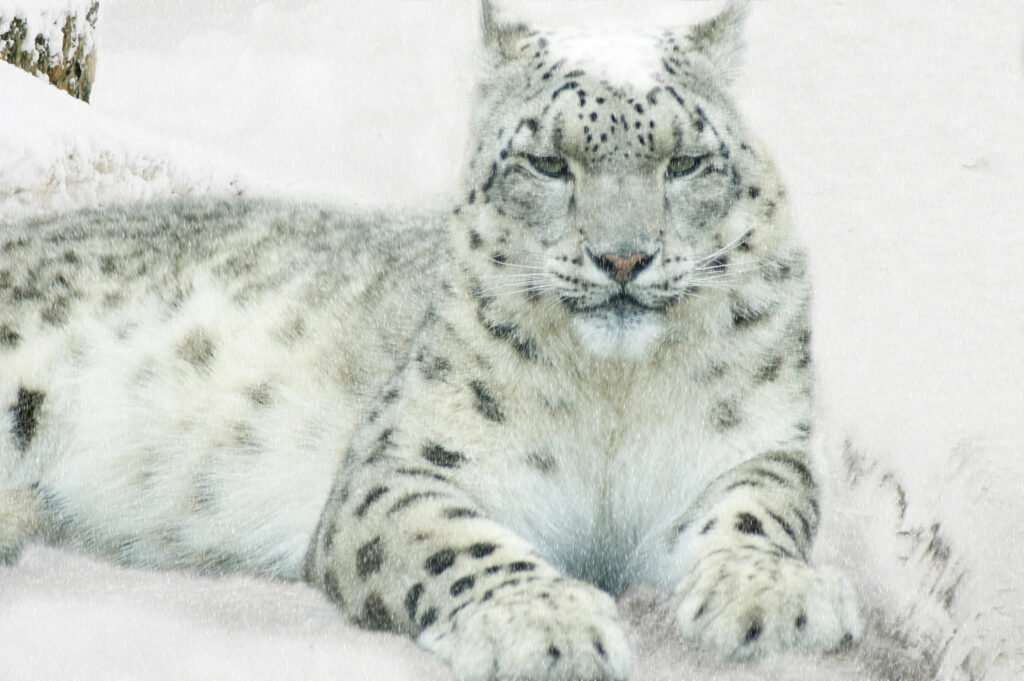
Snow leopards are enigmatic big cats that inhabit the rugged mountain terrains of Central and South Asia. Known as the “ghosts of the mountains,” these elusive cats have evolved to survive in harsh, cold climates. Their thick fur and wide, fur-covered paws provide insulation and stability on rocky slopes. Snow leopards are skilled climbers and use their long tails for balance. Their exceptional jumping ability helps them cover great distances in pursuit of prey.
Versatile Predators of the Americas
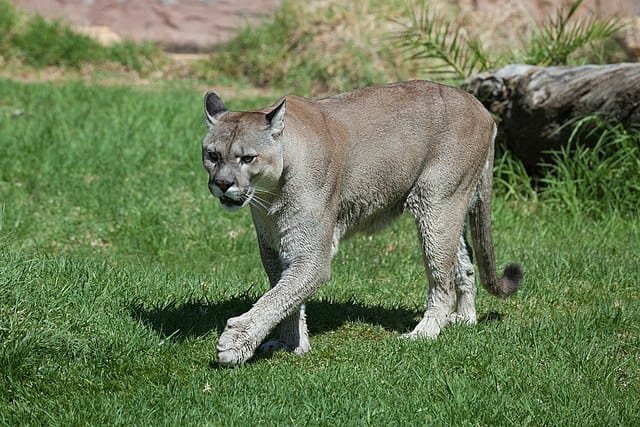
Also known as mountain lions or cougars, pumas are highly adaptable big cats found across a wide range of habitats in the Americas. Known for their incredible strength and agility, pumas can take down prey several times their size. They are solitary and territorial, with excellent stalking skills. Pumas have the largest range of any wild terrestrial mammal in the Western Hemisphere, showcasing their adaptability to various environments.
Conservation Challenges Facing Big Cats

Despite their dominance in the wild, big cats face numerous conservation challenges. Habitat loss, poaching, and human-wildlife conflict threaten their survival. Each species has unique conservation needs depending on its habitat and behavior. Efforts to protect big cats include establishing protected areas, anti-poaching measures, and community engagement to promote coexistence between humans and wildlife.
The Importance of Big Cats in Ecosystems
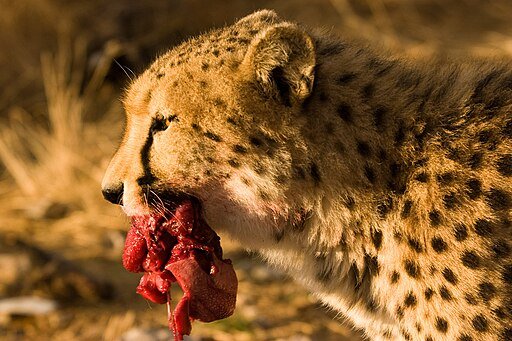
Big cats play a critical role in maintaining the health of ecosystems. As top predators, they help control prey populations, thus preventing overgrazing and promoting biodiversity. Their presence is an indicator of a healthy environment. Conservation of big cats is vital not only for their survival but also for the preservation of ecological balance.
Protecting the Legacy of Big Cats

The incredible skills and adaptations of big cats have allowed them to dominate their respective environments for centuries. However, human activities now pose significant threats to their existence. Protecting these majestic animals requires a concerted effort to address conservation challenges and promote sustainable practices. By safeguarding big cats, we also protect the delicate balance of the ecosystems they inhabit, ensuring these magnificent creatures continue to inspire future generations with their power and grace.

Suhail Ahmed is a passionate digital professional and nature enthusiast with over 8 years of experience in content strategy, SEO, web development, and digital operations. Alongside his freelance journey, Suhail actively contributes to nature and wildlife platforms like Feline Fam, where he channels his curiosity for the Feline into engaging, educational storytelling.
With a strong background in managing digital ecosystems — from ecommerce stores and WordPress websites to social media and automation — Suhail merges technical precision with creative insight. His content reflects a rare balance: SEO-friendly yet deeply human, data-informed yet emotionally resonant.
Driven by a love for discovery and storytelling, Suhail believes in using digital platforms to amplify causes that matter — especially those protecting Earth’s biodiversity and inspiring sustainable living. Whether he’s managing online projects or crafting wildlife content, his goal remains the same: to inform, inspire, and leave a positive digital footprint.






